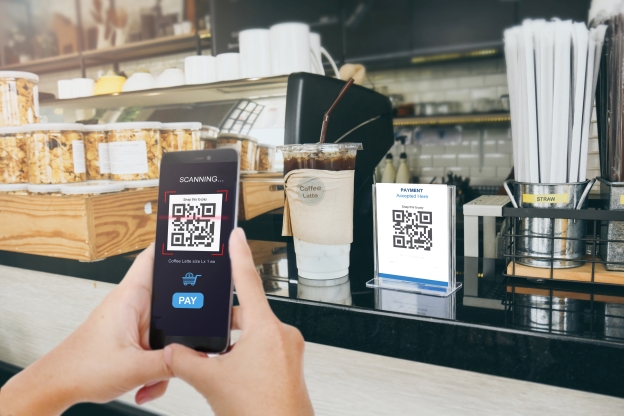
Smartphone apps, some using QR codes, give customers another way to pay without touching keypads or swiping a card.
Members at a recent meeting of NeuGroup for Retail Treasury reported a significant drop in cash transactions since the start of the pandemic, and some are turning to what they’re calling touchless methods of payment to meet consumers’ needs.
- These innovations depend on using smartphone apps and the internet instead of so-called contactless payments including Apple Pay and Google Pay. Those require a device or card which then charges the transaction to a digital wallet or bank account.
- Contactless methods, though, require retailers to invest in technology that most US consumers do not yet use.
Finding new paths. Some members have embraced a simple approach: allowing customers to pay with the company’s own, so-called first-party app and then pick up their goods in person, while others sought out partners to allow smartphone payments at the register.
- One of those partners is a member who works for a digital payments company that worked with retailers to introduce QR code-based payments. These allow a customer to pay by scanning a custom code on the retailer’s screen with their phone, accessing a credit or debit account.
- “We worked with existing ecosystem partners, so we don’t have to have the merchant install a new terminal or have specific hardware or software to enable solutions,” the member said. “We’re integrating within the solution.”
- One member, who heads electronic payments at a US-based global retailer’s treasury team, said his company partnered with third-party payment apps in Asian markets for in-store checkouts, which “have really taken off.
A gift. Another member said he has found success in encouraging customers to purchase gift cards and load them into the retailer’s first-party app, eliminating fees paid to card issuers while enabling a touchless experience.
- “Pre-Covid, our app had been about 40% of our [customer payments]; now we have about 50%,” he said. “I’m a true believer, and it may take a while, but we are going to go from that 50% to an 80% mark in the next few years.”


